At home with Brazilian artist Adriana Varejão
we talk to artists about what they’re making, what’s making them tick, and the moments that made them. Tracked down at the foot of a volcano in Costa Rica, Adriana Varejão discusses her Oscar Niemeyer-designed house, the eroticism of pulsating meat, and her solo show ‘Talavera’, on now at Gagosian, New York
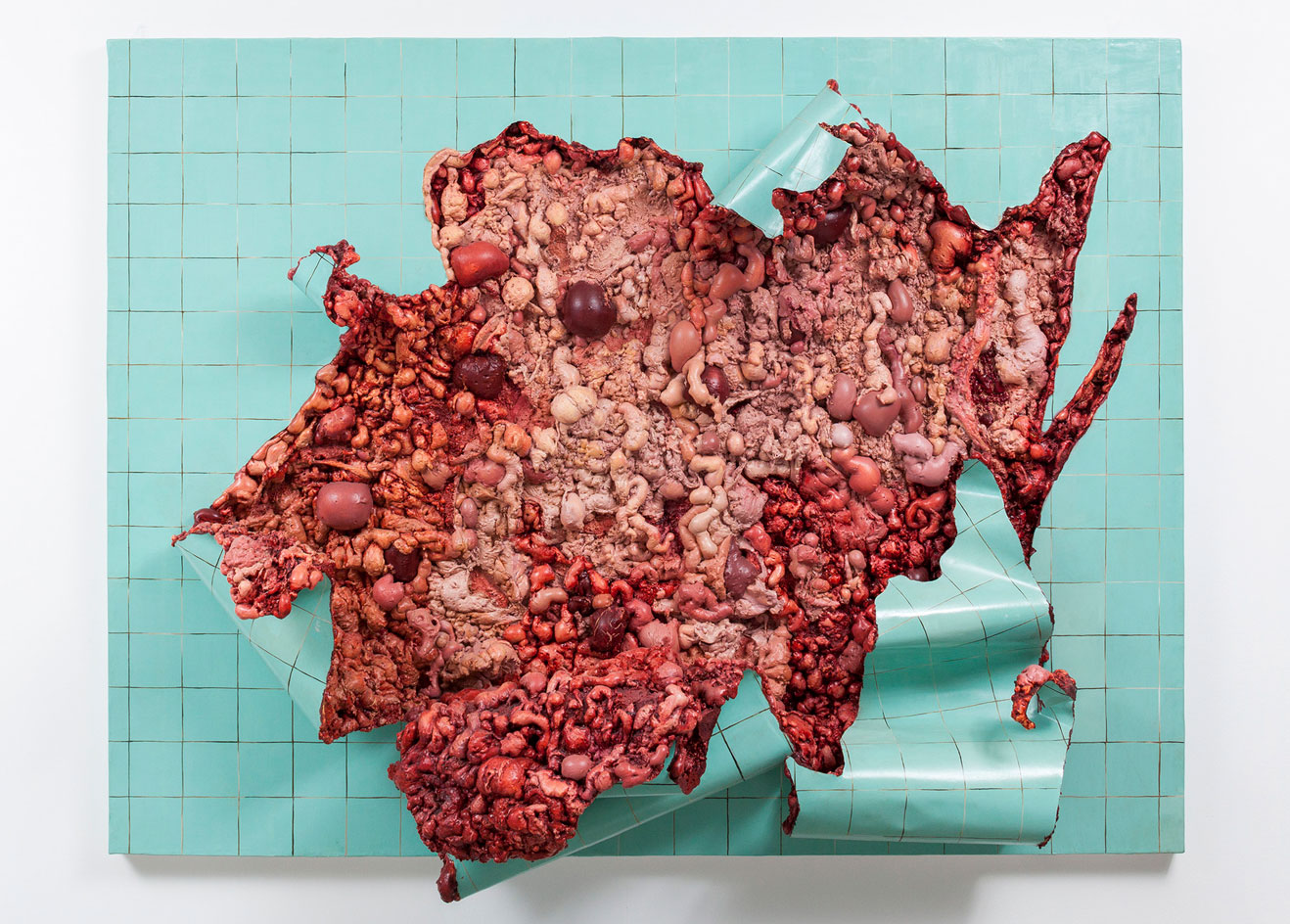
The work of Brazilian artist Adriana Varejão is entrenched in hybridity, juxtaposition and uneasy contradiction. The discipline of painting is stretched to its extremes as she reifies the legacy of Brazil's colonial past, pluralist identities, disparate cultures, religion, eroticism, Modernism, cannibalism, and plenty in between.
At Gagosian, New York, Varejão – who lives in an Oscar Niemeyer-designed house in Rio de Janeiro – is unveiling new works. In Ruína Brasilis (Brasilis Ruin), a towering column simulates tiled walls (specifically, Talavera tiles, more of which later), and flesh. Chaotic, pulsating and impulsive red viscera explodes with erotic charge from cold, linear structure, a reminder that the legacies in Varejão’s work once lived, and live on. The work’s surface nods to the national colours of Brazil; its rupturing innards suggest Baroque theatrics or political decay.

Elsewhere, signs of life arrive under a different guise as Varejão unveils the latest in her ‘tile’ paintings. The series began in the late 1980s and drew on the azulejos, glazed terra-cotta tiles of Arab origin, used widely in Portuguese art since the Middle Ages and transported to Brazil through colonisation. This time, Varejão delves into the culture of Talavera poblana, a Mexican and Spanish ceramic tradition that, like the azulejos, interweaves variegated historical and social interactions.
The creative process for these works is largely dictated by chance. Varejão smothers a square canvas with a thick layer of plaster. As it dries, cracks shatter the surface. Deep in the resulting fissures lurks the violence that has shaped Latin America’s past, its histories obscured by multifaceted colonialism, and a profound beauty which, like the Talavera poblana, feels difficult to place.

Top and above: Adriana Varejão, Ruína Brasilis (Brasilis Ruin), 2021. Oil on canvas and polyurethane with aluminum support. Courtesy the artist and Gagosian

Top and above: Adriana Varejão, Ruína Brasilis (Brasilis Ruin), 2021. Oil on canvas and polyurethane with aluminum support. Courtesy the artist and Gagosian
Wallpaper*: Where are you as we speak?
Adriana Varejão: I am in Costa Rica with my family, quarantining in advance of my New York exhibition ‘Talavera’ at Gagosian [running until 26 June], after several years of planning and working. After some difficult months in Brazil, we are now in a kind of paradise, sitting in front of a volcano with a forest full of birds! Costa Rica is impressively preoccupied with ecology and sustainability, with a very structured approach. It is saddening to see how Brazil, with the same or even more potential, is being destroyed by the incumbent political regime that works against the country's health and best long-term interests.
W*: Your home in Rio de Janeiro was designed by Oscar Niemeyer. How did you find the space, and what is your relationship with modern architecture?
AV: Growing up in Brazil amongst some of the great modern architecture of the world makes one very aware. In addition to Niemeyer's public buildings, I know many of his houses and always hoped to experience living in one. We found our current home by word of mouth, in very bad condition but with beautiful bones and a spectacular location at the foot of an old quarry.
We then embarked on a four-year programme to restore and renew it with a contemporary Brazilian architect, Lia Siqueira, and landscape designer Isabel Duprat, who remained faithful to Niemeyer’s aesthetic and lifestyle principles while upgrading the house into a functional contemporary home for a growing family and friends. When we were almost finished, the property next door became available so we acquired it as well to create a larger private garden environment.

Adriana Varejão and Pedro Buarque’s house, Rio de Janeiro, designed by Oscar Niemeyer in 1969 Courtesy the artist and Gagosian

Adriana Varejão and Pedro Buarque’s house, Rio de Janeiro, designed by Oscar Niemeyer in 1969 Courtesy the artist and Gagosian

Adriana Varejão and Pedro Buarque’s house, Rio de Janeiro, designed by Oscar Niemeyer in 1969 Courtesy the artist and Gagosian
W*: What was the first piece of art you remember seeing, and how did it make you feel?
AV: Brasilia was inaugurated in 1960, and I spent my childhood there. I had this sense of living in a total work of art, largely created by Oscar Niemeyer and the artist Athos Bulcão, working together on architecture and tile mural designs.
W*: Which artists, writers, thinkers or musicians have had the biggest impact on you?
AV: Most importantly, the miscegenated nature and culture of the Brazilian Baroque, both religious and secular; the Cuban writer Severo Sarduy and his books, Written on a Body and Barroco. With regard to music, there are too many influences to name here, but I guess in the beginning it was Milton Nascimento, and in general Brazilian choro and samba music, both complex popular musical forms that are still vibrant today.

O iluminado, 2009, oil on canvas
W*: Your work has long explored the pluralism of Brazilian identity, themes of miscegenation, memory, and decolonial narratives. How has your approach to work, or priorities, evolved since the early days of your career?
AV: I am currently planning a major retrospective exhibition at Pinacoteca di São Paulo in Brazil in 2022, curated by the museum’s director Jochen Volz. Together we are revisiting my earliest paintings as a starting point. I realise just how much these oil paintings on canvas provided the basis for so much of the work that followed in different mediums and forms. All the themes that you mention and more have been present in my life and in my work from the outset, although at the time we did not have the precise language. Ideas for my art have always been in the territory of hybridity and I continue to pursue them in ever more diverse ways today.
Wallpaper* Newsletter
Receive our daily digest of inspiration, escapism and design stories from around the world direct to your inbox.
W*: Many of your pieces have included painted forms that resemble raw meat, contained within tiled forms or flatter surfaces. What draws you to this motif?
AV: My so-called ‘ruinas de charques’ or ‘meat ruins’ serve as metaphors for uncompleted time. They indicate the fragility of tradition, the precariousness inherent in the concept of planning, and the instability of values in countries like Brazil where discontinuity is the rule. They represent the imminent time of the decomposition of the flesh. I also associate meat with eroticism, a material exacerbation: this chaotic, pulsating matter, the exposed, excessive, visceral meat provokes an erotic charge, bringing life to the tiled ruins. And, of course, given that this representation of flesh and blood is simulated in paint and canvas, I am invoking the corporeal drama of the theatrical Baroque.

Ruína de Charque – Nova Capela, 2003, oil on wood and polyurethane
In your Gagosian exhibition, you’ll be presenting a new work inspired by the culture of the Portuguese azulejo, and the Mexican Talavera ceramic traditions. What sparked your interest in these and what was the process of creating the pieces?
In the late 1980s, I began researching azulejos, the glazed terracotta tiles of Arab origin that have been the most widely used form of decoration in Portugal, brought to Brazil through colonisation and trade. Over many years, through firsthand research, I have assembled a vast archive of references for them. I developed my special technique for the ‘tile’ paintings by covering a square canvas with a thick layer of plaster and allowing it to dry over time to produce a surface with deep fissures resembling crackled porcelain.
My most recent tile paintings explore the culture of Talavera poblana, the Mexican ceramic tradition originating from the Spanish city of Talavera de la Reina. Like the azulejo, it draws on equally diverse sources. When I was travelling in Mexico in the mid-1990s, I photographed a wall of Talavera tiles. This formed the basis for the painting on canvas Parede Mexicana (1999). Twenty years later, this painting became an indexical reference for an entirely new body of work where I adapted and enlarged key motifs from individual tiles to the scale of 70 x 70 inch (180 x 180cm) square canvases.

Top: Three Diamonds, 2019, oil and plaster on canvas © Adriana Varejão, courtesy the artist and Gagosian

Red Square, 2020, oil and plaster on canvas © Adriana Varejão, courtesy the artist and Gagosian
In this transfigurative process, the motifs shift into a broader signifying register of artistic and cultural references. I love these unexpected artistic crossroads; by interweaving time, culture, and place, I seek to establish dialogues between aesthetic systems once segregated by dominant narratives, and in so doing question entrenched assumptions about the life of forms in art.
W*: What is the most challenging project you've worked on to date?
AV: My eponymous pavilion at Inhotim in Brumadinho. From the outset of the commission, I worked with the architect Rodrigo Cerviño Lopez to create a project where the architecture was a complete piece of art with the artworks it was designed to house, from the ground up – from the galleries to the roof terrace and its benches tiled with my own designs, to the outdoor water element that penetrates the building itself.
W*: What’s the most interesting thing you’ve read, watched or listened to within the last month?
AV: The ideas of the radical Spanish philosopher Paul Preciado, who is so widely read now in Latin America. He is writing an essay for my new monograph that Gagosian will publish with Rizzoli in 2022!

Moorish Arabesque, 2020, oil and plaster on canvas © Adriana Varejão. Courtesy the artist and Gagosian
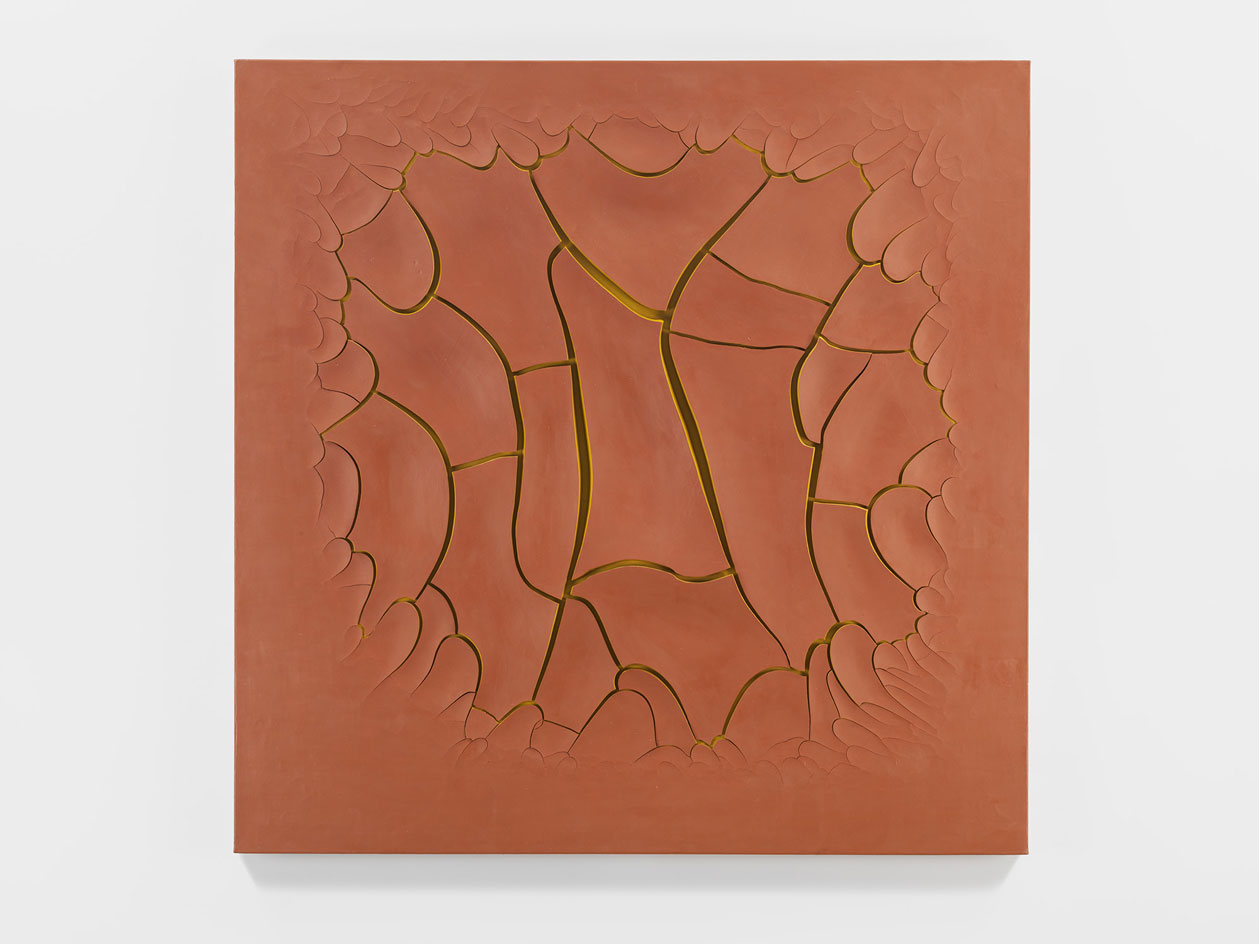
Brown Mimbres II, 2016. © Adriana Varejão
In our ongoing At Home With profile series
INFORMATION
Adriana Varejão, ‘Talavera’, until 26 June 2021, Gagosian, New York
gagosian.com
ADDRESS
522 West 21st Street
New York, NY 10011
Harriet Lloyd-Smith was the Arts Editor of Wallpaper*, responsible for the art pages across digital and print, including profiles, exhibition reviews, and contemporary art collaborations. She started at Wallpaper* in 2017 and has written for leading contemporary art publications, auction houses and arts charities, and lectured on review writing and art journalism. When she’s not writing about art, she’s making her own.
-
 Meet Lisbeth Sachs, the lesser known Swiss modernist architect
Meet Lisbeth Sachs, the lesser known Swiss modernist architectPioneering Lisbeth Sachs is the Swiss architect behind the inspiration for creative collective Annexe’s reimagining of the Swiss pavilion for the Venice Architecture Biennale 2025
By Adam Štěch
-
 A stripped-back elegance defines these timeless watch designs
A stripped-back elegance defines these timeless watch designsWatches from Cartier, Van Cleef & Arpels, Rolex and more speak to universal design codes
By Hannah Silver
-
 Postcard from Brussels: a maverick design scene has taken root in the Belgian capital
Postcard from Brussels: a maverick design scene has taken root in the Belgian capitalBrussels has emerged as one of the best places for creatives to live, operate and even sell. Wallpaper* paid a visit during the annual Collectible fair to see how it's coming into its own
By Adrian Madlener
-
 The new MASP expansion in São Paulo goes tall
The new MASP expansion in São Paulo goes tallMuseu de Arte de São Paulo Assis Chateaubriand (MASP) expands with a project named after Pietro Maria Bardi (the institution's first director), designed by Metro Architects
By Daniel Scheffler
-
 An Upstate Sao Paulo house embraces calm and the surrounding rolling hills
An Upstate Sao Paulo house embraces calm and the surrounding rolling hillsBGM House, an Upstate Sao Paulo house by Jacobsen Arquitetura, is a low, balanced affair making the most of its rural setting
By Ellie Stathaki
-
 Step inside the secret sanctuary of Rua Polonia House in São Paulo
Step inside the secret sanctuary of Rua Polonia House in São PauloRua Polonia House by Gabriel Kogan and Guilherme Pianca together with Clara Werneck is an urban sanctuary in the bustling Brazilian metropolis
By Ellie Stathaki
-
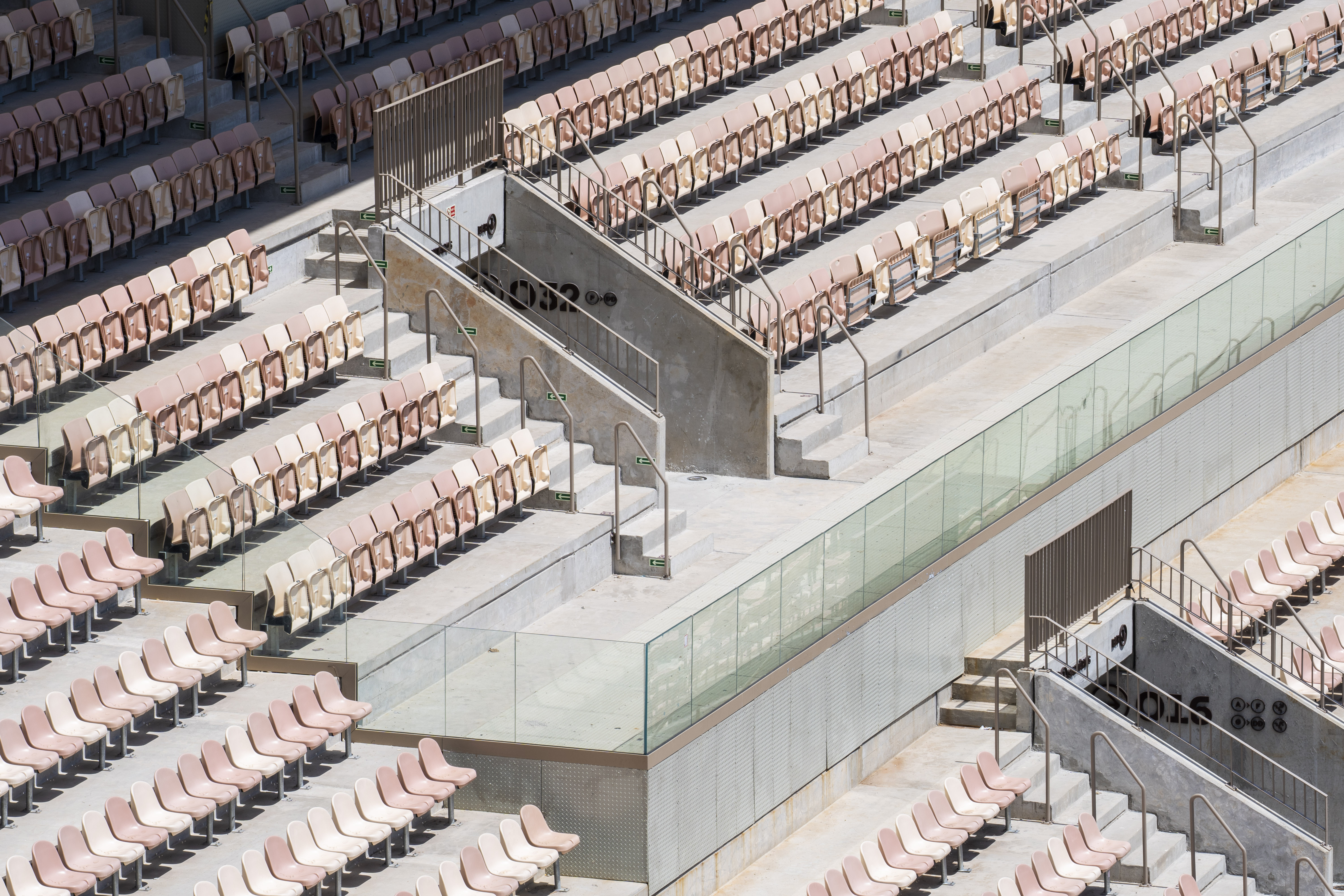 São Paulo's Pacaembu stadium gets a makeover: we go behind the scenes with architect Sol Camacho
São Paulo's Pacaembu stadium gets a makeover: we go behind the scenes with architect Sol CamachoPacaembu stadium, a São Paulo sporting icon, is being refurbished; the first phase is now complete, its architect Sol Camacho takes us on a tour
By Rainbow Nelson
-
 Tour 18 lesser-known modernist houses in South America
Tour 18 lesser-known modernist houses in South AmericaWe swing by 18 modernist houses in South America; architectural writer and curator Adam Štěch leads the way in discovering these lesser-known gems, discussing the early 20th-century movement's ideas and principles
By Adam Štěch
-
 Year in review: the top 12 houses of 2024, picked by architecture director Ellie Stathaki
Year in review: the top 12 houses of 2024, picked by architecture director Ellie StathakiThe top 12 houses of 2024 comprise our finest and most read residential posts of the year, compiled by Wallpaper* architecture & environment director Ellie Stathaki
By Ellie Stathaki
-
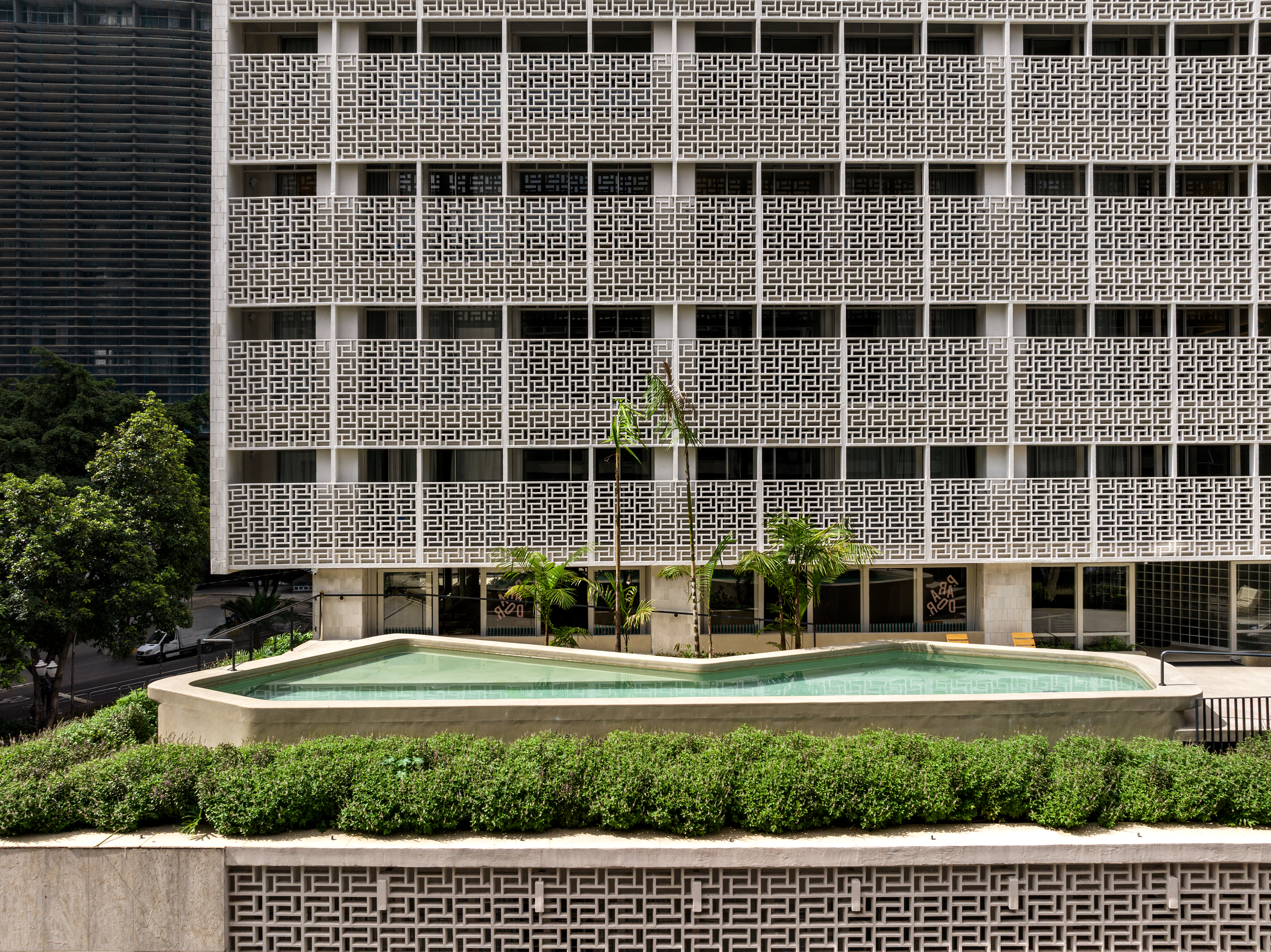 Restoring São Paulo: Planta’s mesmerising Brazilian brand of midcentury ‘urban recycling’
Restoring São Paulo: Planta’s mesmerising Brazilian brand of midcentury ‘urban recycling’Brazilian developer Planta Inc set out to restore São Paulo’s historic centre and return it to the heyday of tropical modernism
By Rainbow Nelson
-
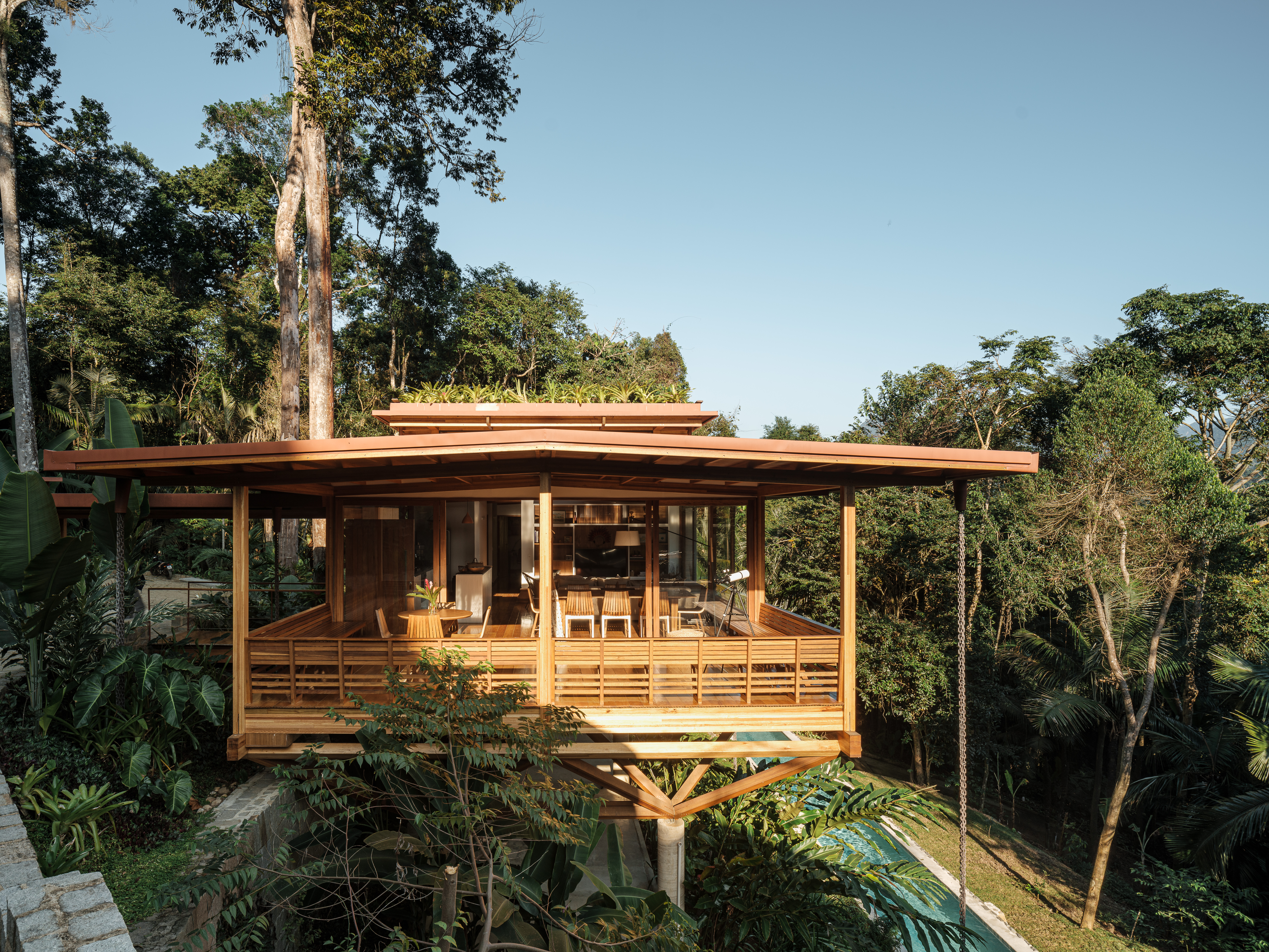 All aboard Casa Quinta, floating in Brazil’s tropical rainforest
All aboard Casa Quinta, floating in Brazil’s tropical rainforestCasa Quinta by Brazilian studio Arquipélago appears to float at canopy level in the heart of the rainforest that flanks the picturesque town of Paraty on the coast between São Paulo and Rio de Janeiro
By Rainbow Nelson